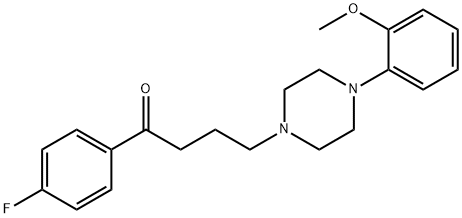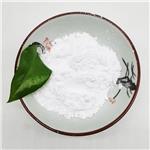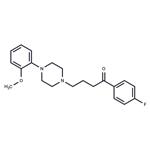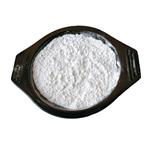
Fluanisone
- Product NameFluanisone
- CAS1480-19-9
- MFC21H25FN2O2
- MW356.43
- EINECS216-038-8
- MOL File1480-19-9.mol
Chemical Properties
| Melting point | 67.5-68.5° |
| Boiling point | 511.8±50.0 °C(Predicted) |
| Density | 1.146 |
| storage temp. | Refrigerator |
| solubility | Chloroform (Slightly), Methanol (Slightly) |
| pka | 7.43±0.10(Predicted) |
| form | Solid |
| color | Off-White to Pale Yellow |



